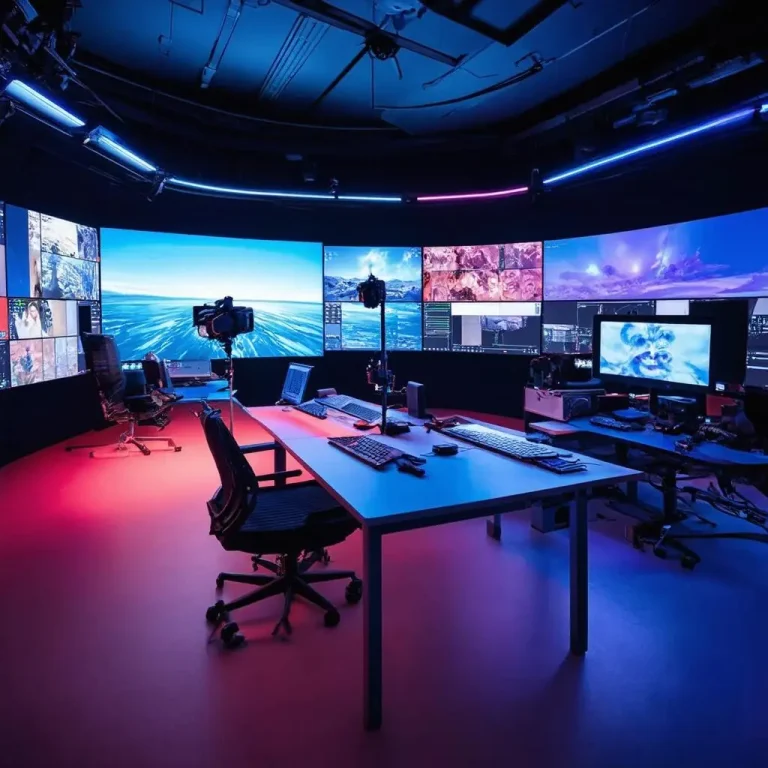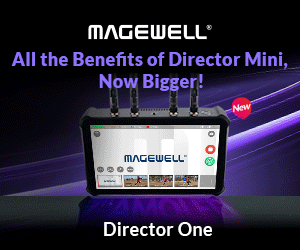The Three Pillars of the Emerging FAST 2.0 Era
By Siva Natarajan, SVP of Strategy, Business Operations, & New Product Initiatives at Amagi
FAST (Free Ad-supported Streaming TV) has carved out a niche in the streaming ecosystem by emulating the traditional broadcast and cable TV experience. A Kantar study from last year found that 47% of U.S. households use FAST services weekly. However, FAST must adapt as viewer expectations shift toward more personalized and interactive content. While the lean-back experience of both FAST and traditional TV services relieves VOD’s paradox of choice, FAST services will continue to thrive only if they leverage the insights provided by CTVs to overhaul EPGs and improve content discoverability. Though the ad-supported model of FAST has alleviated viewers’ subscription fatigue, FAST services will need to adopt more innovative ad formats to maintain viewer engagement and properly monetize content.
With such changes, FAST is poised to revolutionize how viewers consume and interact with television content. This article explores the necessary evolution of FAST into a more user-centric FAST 2.0 ecosystem that aims to enhance viewer engagement through three pillars: seamless navigation, personalized recommendations, and immersive ad units.
Seamless and User-Centric Content Navigation
Unlike VOD audiences, FAST viewers cannot start a show from the beginning; they can only join the program already in progress and are limited to watching what’s being shown at that time. If they’re watching ‘Episode 1’ of a season and want to watch ‘Episode 2’ next, they cannot transition to that experience seamlessly because the FAST service has already determined what will be shown after that first episode ends.
While this approach replicates cable TV-like experience and has brought FAST to where it is today, providers need to reimagine FAST experiences differently from cable TV and how they’re delivered to the end viewer. To truly reach its potential, FAST needs a viewer-centric approach that caters to today’s avid viewing audiences. Imagine if a viewer could seamlessly navigate to on-demand mode from linear, pause & play from the beginning, etc., that breaks the rigid linear experience offered by FAST today. With seamless navigation, viewers can browse libraries, create watchlists, start any show from the beginning, and get recommendations for the next episode. They can replicate the binge-viewing experience that drives content consumption on other platforms.
Personalized Channel Guides and Recommendations
Within any streaming service, each user’s homepage is personalized. No two users will have the same set of recommendations. This level of personalization is a feature that will benefit FAST in its next iteration. Giving each user a customized experience — a personalized channel line-up with a curated set of channels, watchlists, recommendations, and ad experiences — based on their preferences and past behavior will help them sort through this rapid expansion in FAST content offerings. As part of FAST 2.0’s personalized scenarios, no two viewers should have the same set and sequence of channels.
Rather than continue to offer linear, pre-programmed channels, FAST 2.0 will eliminate the concept of channels, reimagining them as playlists. Instead of being constrained by the same EPG grid of time slots, two viewers could watch the same food channel from 7-8 p.m., yet one might see a barbecue show while the other sees a dessert show, depending on their preferences and relevant viewing history.
Personalized recommendations will complement FAST 2.0’s seamless navigation capabilities, allowing easy, curated access to favorite shows, movies, and genres. By binge-watching their favorite content and interacting via like and dislike buttons, viewers can shape their viewing experience, making it more engaging because it is tailored to their unique interests.
Immersive and Interactable Ad Units
Finally, in FAST 2.0, ad units will need a complete reinvention to unlock the advertising potential of CTVs. Like mobile phones, CTVs are powerful devices that enable users to interact with content, store items, and add products to a shopping cart. In this new ecosystem, merely repurposing 30- to 45-second video ads will no longer suffice. Interactive ad units incorporating L-bands, picture-in-picture viewing, and QR codes will soon be made programmatically available to audiences, providing a more immersive and engaging advertising experience.
This model must be supported on both the supply and demand sides to ensure wider adoption of such ad units and improve return on ad spend for the advertiser. As major retail chains continue to acquire streaming and CTV tech while streaming platforms switch to an increasingly interactive AVOD format, it’s clear that shopability and personalized experiences will become central to enhancing viewer engagement and improving outcomes for advertisers. After all, an April 2024 survey from Statista found that roughly two-thirds of respondents wanted to see advertisements relevant to what they were already watching. These trends are expected to drive innovation in interactive, personalized ad formats, ultimately leading to more effective advertising within the FAST ecosystem.
The FAST 2.0 Future
Built on these three pillars, FAST 2.0 is well-positioned to become the new experience in streaming television. FAST 2.0 promises to improve the user experience, content offerings, and advertising capabilities of current FAST platforms. In addition to offering limitless content variety in a frictionless manner across distribution channels, FAST 2.0 services will integrate advanced technologies and data insights to make television more personalized, interactive, and accessible. The new FAST 2.0 era promises an unparalleled viewing experience and endless possibilities for advertisers and content creators.
- Protected: Sony’s BVM-HX1710: The Compact Powerhouse Changing How Broadcast & Post See Their Work - November 14, 2025
- The Top 5 Challenges in MCRs & NOCs—And How to Stay Ahead - November 14, 2025
- TESSERA SQ200: THE NEW PACE-SETTER IN LED PROCESSING - September 4, 2025














